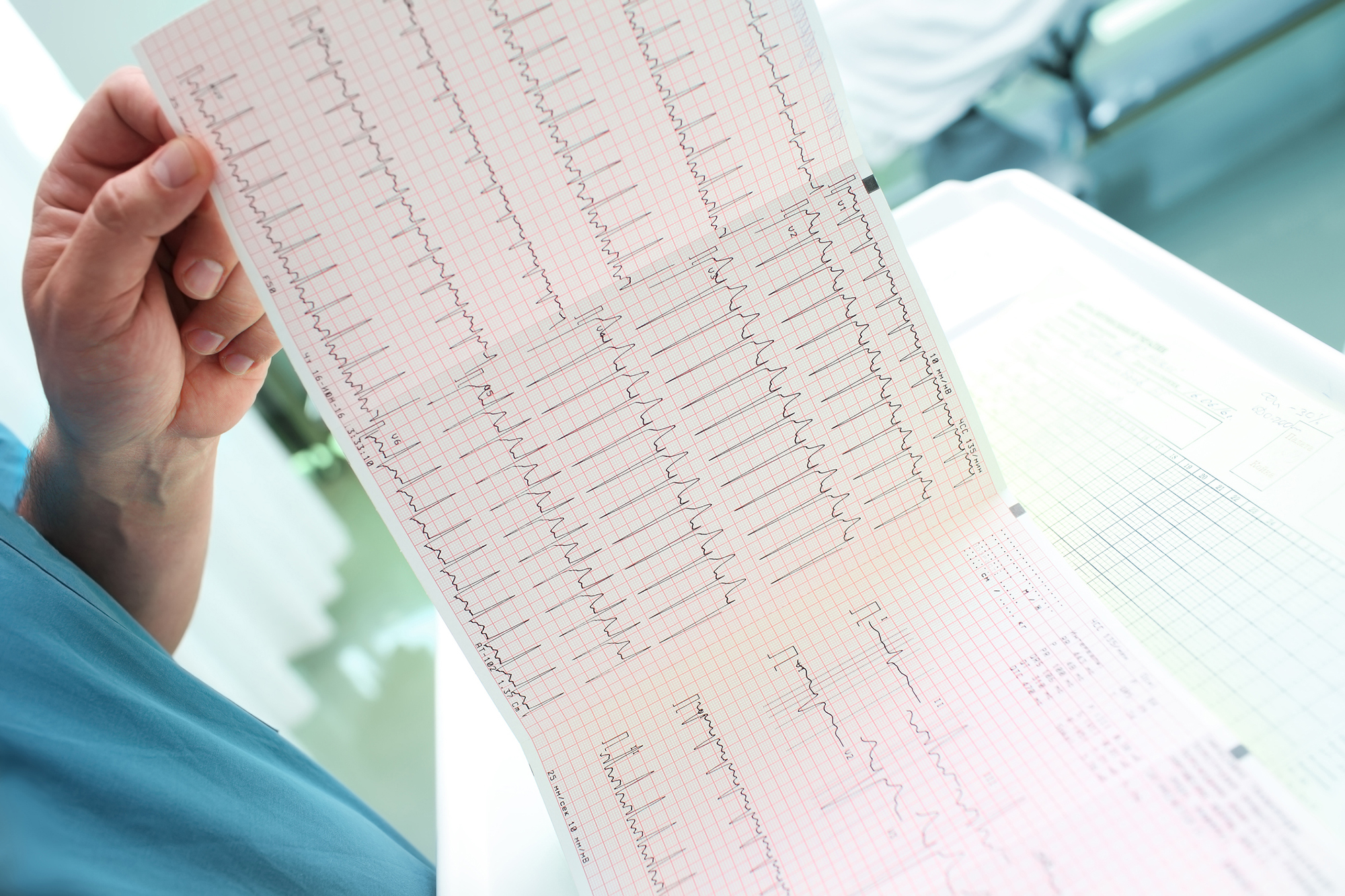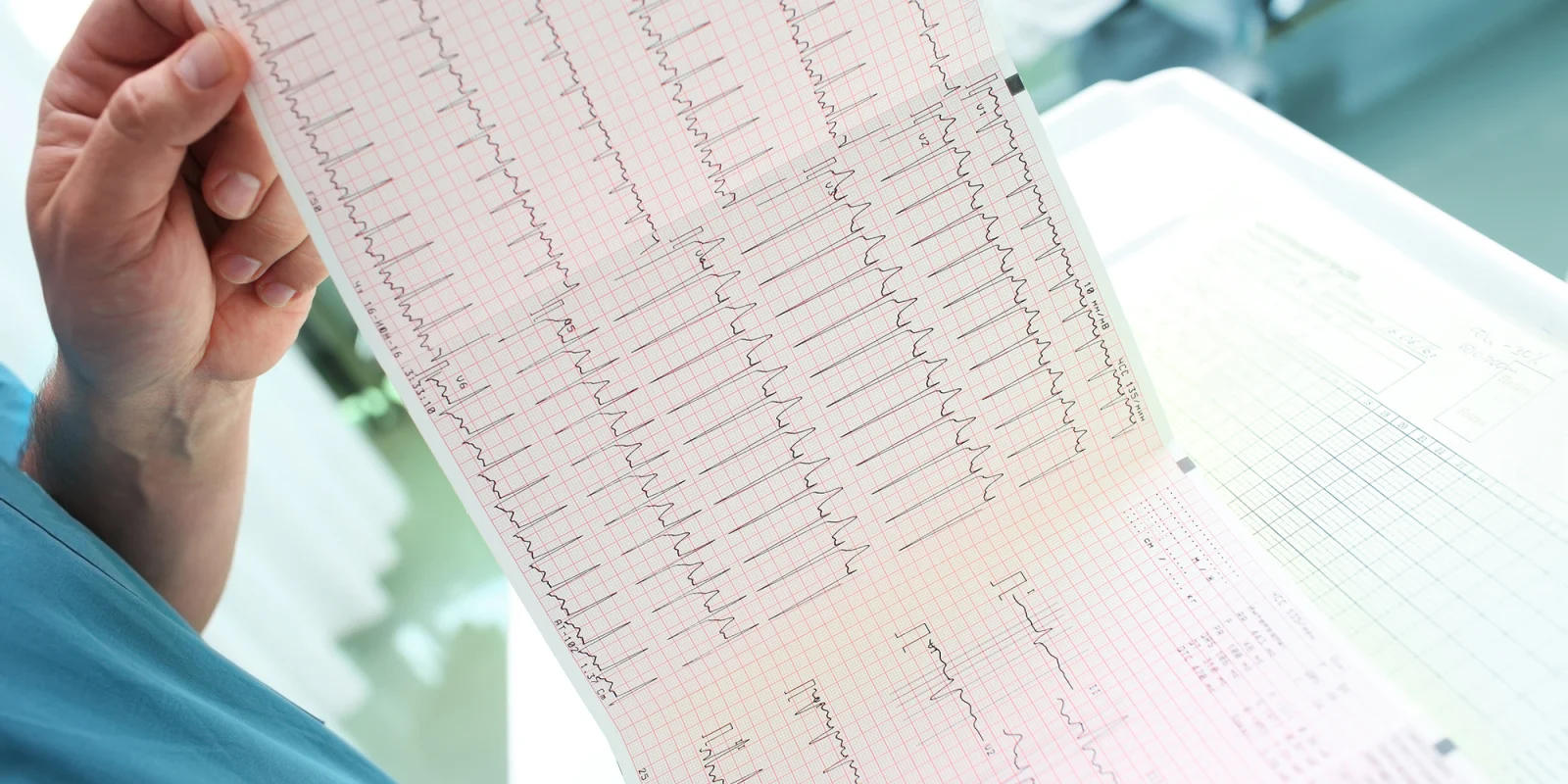
In medicine there are few tests that offer as much objective information about as many life-threatening illnesses, in as little time, as the EKG. Every clinician knows that myocardial ischemia, myocardial infarction, supraventricular tachycardia, ventricular tachycardia, preexcitation, pericarditis, pericardial effusion, bradyarrhythmias, heart block, electrolyte disturbances, long QT syndrome, Brugada syndrome, and hypothermia can be diagnosed promptly with an EKG, allowing the first step in the management of each illness to be taken in minutes.
The first practical EKG was invented by Willem Einthoven in 1895 for which he was awarded the Nobel Prize in Physiology or Medicine in 1924. Today an EKG takes fewer than 10 minutes to prepare and record, and its cost is nominal and its availability broad. Every medical student must learn the basics of EKG interpretation and these basics are supplemented with practical experience during residency training. Competency in EKG interpretation might be taken for granted because computer-assisted interpretations are included on the top of most EKG tracings and today there is discussion regarding AI in EKG interpretation. After 40 years of practicing and teaching medicine and cardiology in academic medical centers, it is clear to me that the best EKG interpretation is done by a clinician who takes EKG interpretation seriously and has clinical knowledge of the patient. But how can it be assured that the potentially life-saving information provided by an EKG is correctly interpreted? As newer diagnostic tests have competed for the time available during training, there is less time available for perfecting EKG interpretation. In fact, although vital to the practice of a cardiologist, some cardiology fellowship programs do not formally evaluate EKG interpretation skills of their fellows and when they do, results are often disappointing. Emphasis must be placed on efficiency in education and verification of achievement.
The most effective training in EKG interpretation is at the bedside, where the clinical scenario appropriately focuses attention. To add efficiency, training in EKG interpretation requires structured exercises. These provide an EKG tracing with a clinical scenario, an opportunity for the trainee to commit oneself to a diagnosis using established diagnostic criteria, followed by the correct answers. The mental processes are set in motion to be most receptive at this time to learn common mimics of the problem tracing. This is lasting learning. It is comprehended and retained. Capable EKG interpretation must be done by the clinician, independent of the computer interpretation. One must develop confidence in one’s own EKG interpretation that only comes from trial and experience because, when it counts, “the buck stops here.”
For the last 15 years of my practice, I taught EKG interpretation to cardiology fellows with a weekly quiz that used the method of case presentation, opportunity to study independently and commit to one’s answers prior to being given the official answers. Each case was supplemented with learning points and EKGs that were similar, but were due to a different etiology (collateral cases), and had to be differentiated. Over the years I progressed in presenting this teaching method from paper to electronic format. The electronic format continued to provide the structured exercises and organized inclusion of important diagnoses, but, in a more convenient arrangement that respected the fellow’s time and place. Fellows who were on vacation or at a medical conference did not have to miss a case. Each fellow’s achievement was monitored so that underachievement could be recognized and remedied. Steady individual improvement from year to year of fellowship was achieved and performance on board examinations followed suit. There were no disappointments when board scores were released.
Using a system that ensures thorough coverage of what an EKG can diagnose and allows the practitioner or trainee to learn the details and demonstrate competency by comparing to a proven standard builds confidence. At the bedside, when confidence in EKG interpretation skills is shown to patients in need, it can enhance their comfort. Be it in the office, in the hospital, or in the ED, every clinician must have the interpretation skills that make the EKG as good as it can be.
William A Schiavone, DO is a retired academic cardiologist. He takes a particular interest in electrocardiography. He achieved success in teaching cardiology fellows EKG interpretation at Geisinger Clinic and Cleveland Clinic. Upon retirement he founded a website called EKGaction that is built on the same teaching method.







